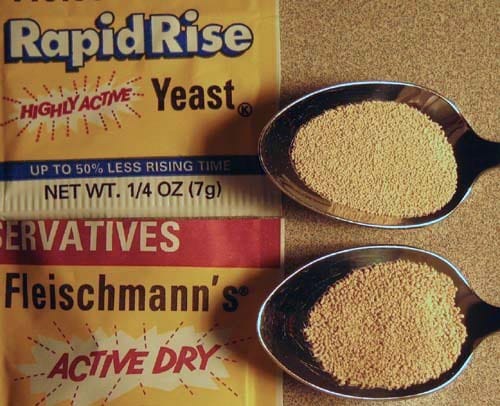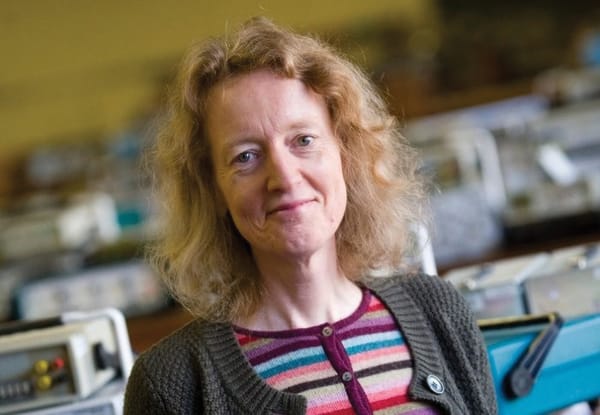Cyborg yeast is out to get you
You will be terminated

Scientists have succeeded in creating an artificial feedback loop between a computer and yeast. Algorithmic programs on the computer controlled flashes of light to start and stop gene expression, thus regulating how much protein was produced. This innovative technique could possibly be used in industry to control production of biofuel by microbes.
The computer, with its algorithmic wizardry, analyses the fluorescence.
The beauty of this technique lies in its simplicity, in contrast to the incredibly complicated biochemical pathways it couldpotentially control.
Phytochrome, a molecule that detects light, has active and inactive forms in red and deep red light respectively. Upon becoming active, it can set off gene expression cascades to produce a desired protein.
The level of gene expression can then be measured through the amount of fluorescence a reporter molecule emits in the presence of the desired protein.
The computer, with its algorithmic wizardry, analyses the fluorescence. Once a threshold level of protein expression has been reached, deep red light is fired back to the yeast, the phytochromes are turned into their biologically inactive forms and the circuit is turned off.
It is an important process already utilised by biochemical pathways in cells
Feedback control allows for precise regulation of these artificial circuits; it is an important process already utilised by biochemical pathways in cells, famously in the krebs cycle and in engineering. However, in silico feedback control is the first time science has managed to transcend the communication barrier between computer and cell.
The implications of synthetic circuitry are wide; in silico feedback could be used to create biosensors to regulate the level of by-products generated from manipulated metabolic pathways. It could be utilised within biofuel and small molecule drug production to allow for tight control of yield production.
Whilst it is an exciting step forward, itis just a small part of the technical breakthroughs that will be needed to generate complex synthetic biological circuits.
DOI: 10.1038/nbt.2018







